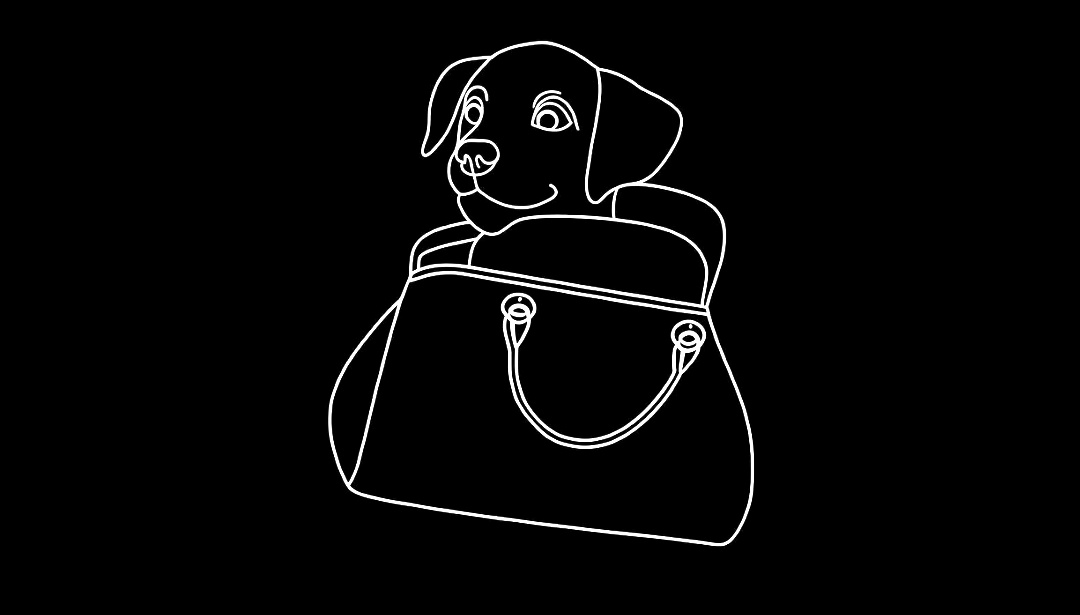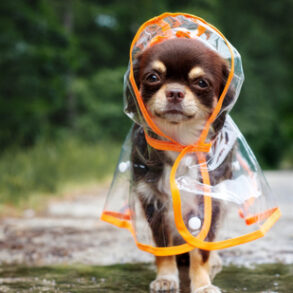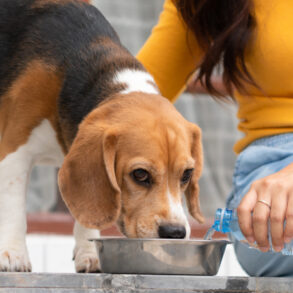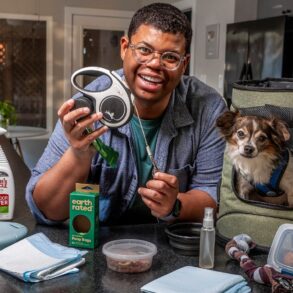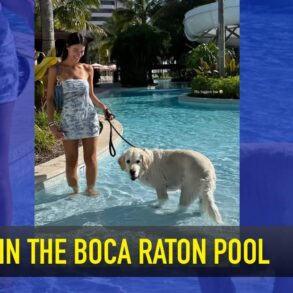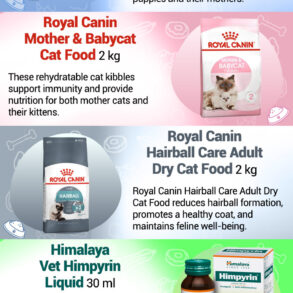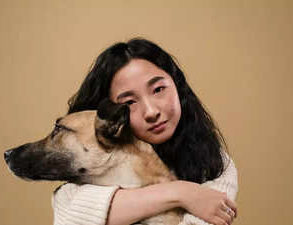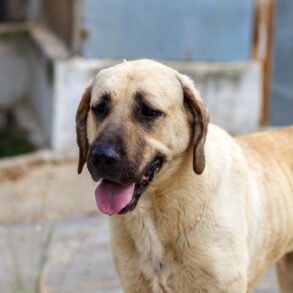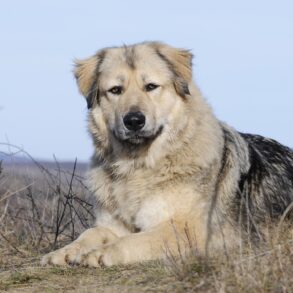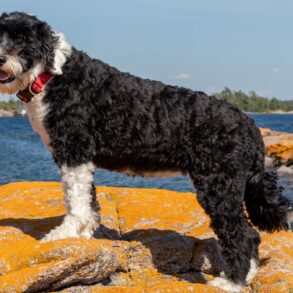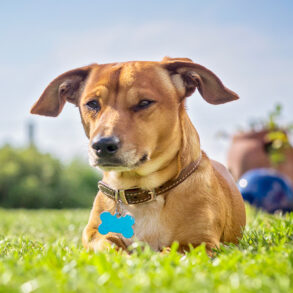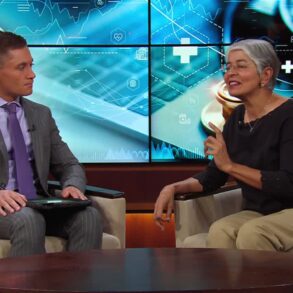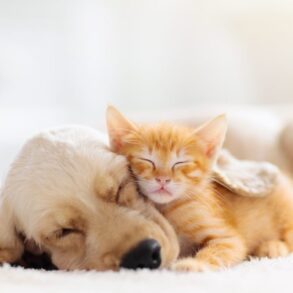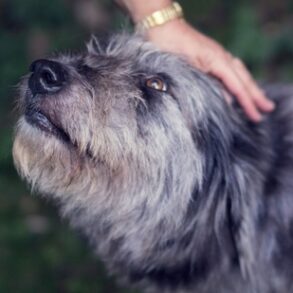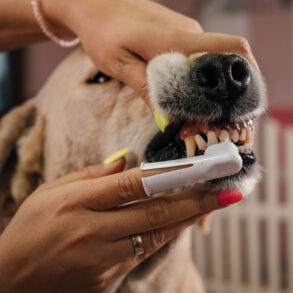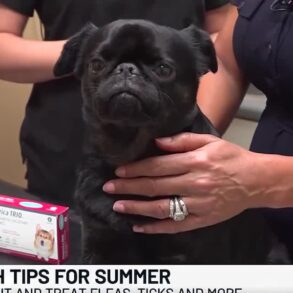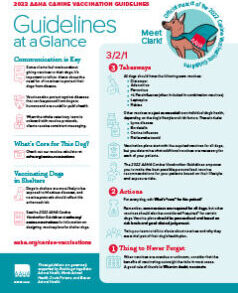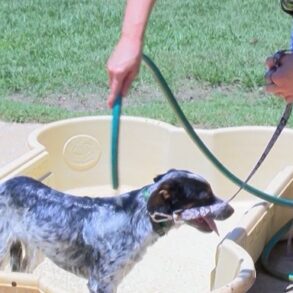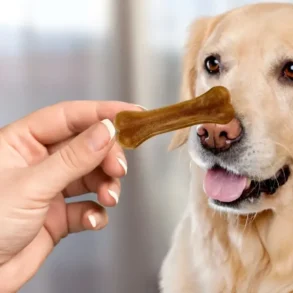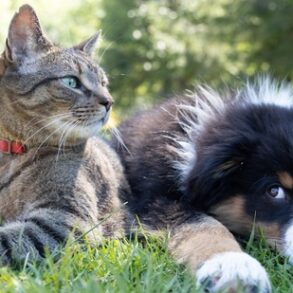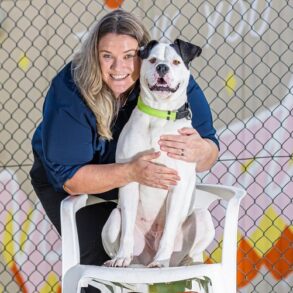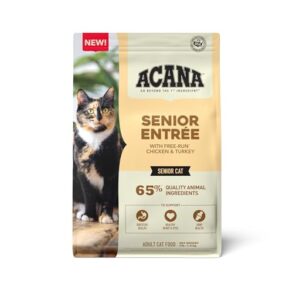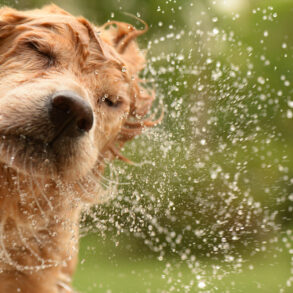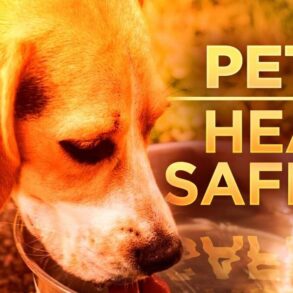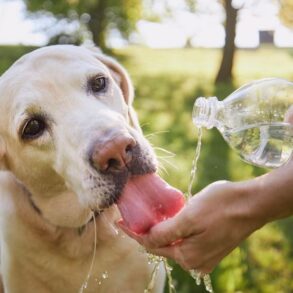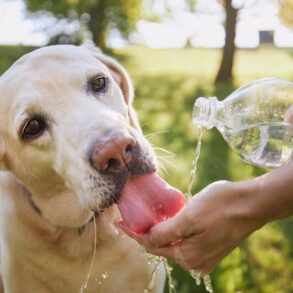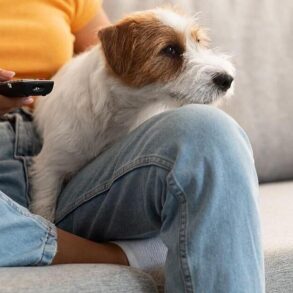Welcome to our “Ask Dr. Paola” series, where every Monday we bring expert advice straight from Dr. Paola Cuevas (MVZ) to help our readers better understand their dog’s health and well-being.
Whether you’re a new pet parent or a seasoned dog lover, Dr. Paola is here to provide answers to your most pressing questions. From nutrition tips and preventive care to troubleshooting common behavioral issues, Dr. Paola is ready to offer insights that will keep your furry friend happy and healthy. Stay tuned for expert guidance on a range of topics that matter most to you and your dog, so you can make informed decisions and provide the best possible care for your canine companion. Have a question? Send it in here! 



Help! My Dog Has Anal Gland Issues!
“Hi Dr. Paola,
I have an almost 10-year-old female beagle mix that I adopted when she was around two. I wouldn’t say she’s had anal gland problems the whole time, but she does “drain” or “ooze” anal gland liquid every so often. I was told by my groomer that hound-type dogs have anal gland troubles and that I should express her glands routinely which I have been trained to do. However, other research I have read says not to express the anal glands frequently because the glands will cease doing it on their own. I stopped expressing them and am letting nature do its thing. Which is right?” – Melissa
Melissa, you’re absolutely right to reconsider routinely expressing Lucy’s anal glands. These glands typically empty naturally during normal bowel movements when a dog has firm, well-formed stools. However, some dogs with slightly different anatomy, chronic soft stool, allergies, or other factors may have difficulty emptying them efficiently. While some hound breeds, including Beagles, can be predisposed to anal gland issues due to their body structure and size, manually expressing them too often can lead to dependence, irritation, or even inflammation. If the anal glands are expressed too often, they can become hypofunctional or fibrotic, meaning they lose their ability to empty naturally. Frequent manual expression can lead to glandular atrophy, where the glands stop functioning properly due to repeated interference. Additionally, excessive manipulation can cause chronic inflammation or sclerosis, leading to thickened secretions and scarring of the glandular tissue, which makes natural expression even more difficult. Over time, this can create a cycle of dependence where the glands no longer empty on their own and require continuous manual intervention.
If Lucy is only occasionally oozing anal gland liquid but isn’t excessively scooting, licking, or showing signs of discomfort, then allowing her body to regulate while monitoring and supporting her diet for optimal stool consistency is a reasonable approach. However, it is a fine line, since leaking may indicate glands are not successfully emptying, so monitor her feces consistency to get more clues. In some dogs, minor leakage may occur when they are relaxed, excited, or under stress, as sudden muscle contractions can cause a small release of fluid. However, frequent or persistent leaking; especially if accompanied by a strong odor, irritation, excessive licking, or scooting can indicate an underlying issue such as mild impaction, inflammation, or even an infection, which requires medical intervention. Routine expression in an otherwise healthy dog can actually do more harm than good. Supporting her gland function through a high-fiber diet, such as adding canned pumpkin or psyllium husk, can help bulk up her stools, encouraging natural expression during bowel movements.
Since Lucy has occasional leakage but no major signs of distress, you’re likely on the right track by stepping back and letting nature take over. However, keeping a close eye on her is important. If the issue worsens, including signs such as frequent leakage, discomfort, scooting, excessive licking, nibbling or foul-smelling discharge, in-clinic veterinary care is required to rule out underlying inflammation or infection. Every dog is different, and while some require occasional manual expression, many can regulate on their own when their digestion and diet are optimal, making unnecessary intervention more harmful than helpful.
Dr. Paola
To talk to a vet online now, click on the image or button below:
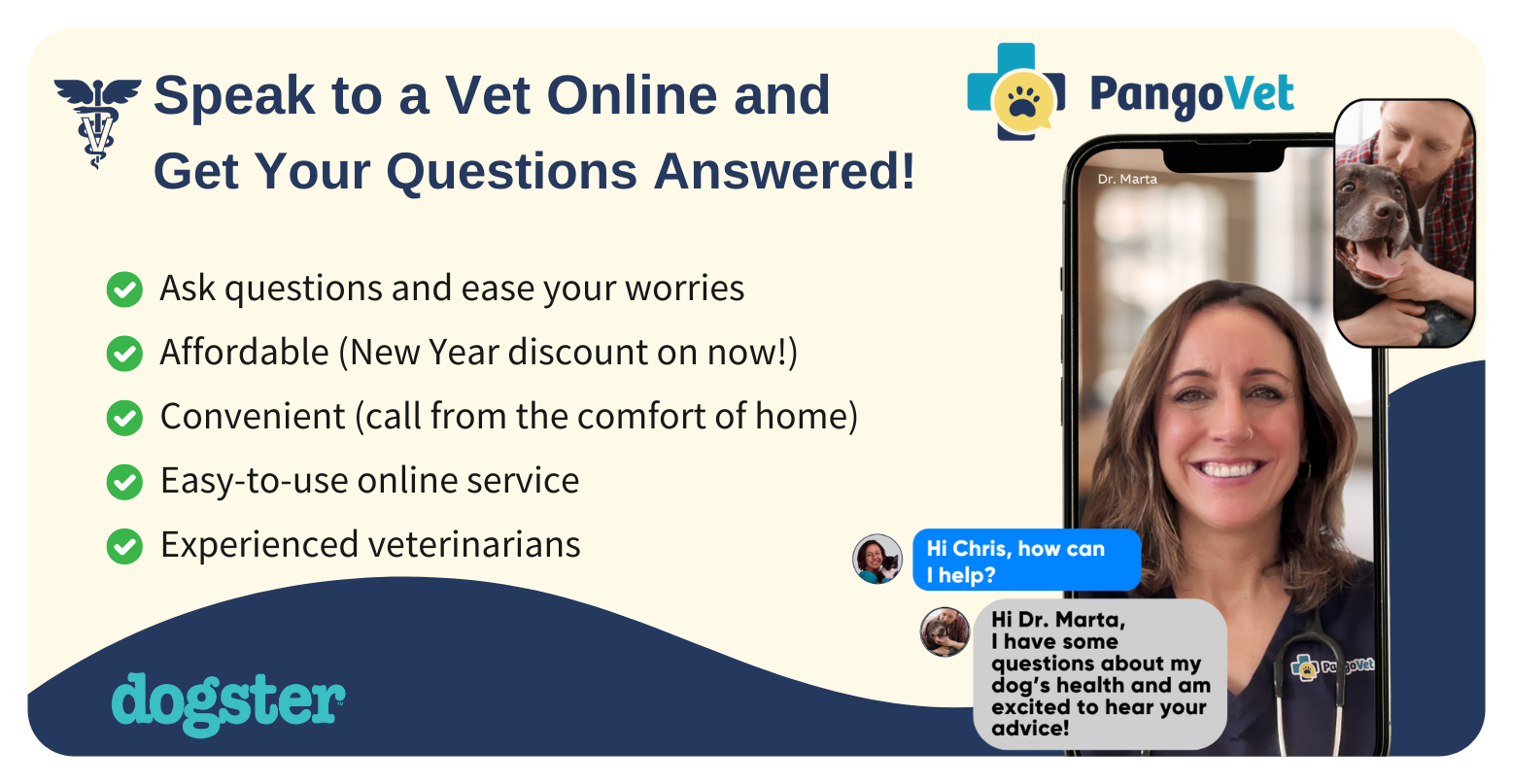





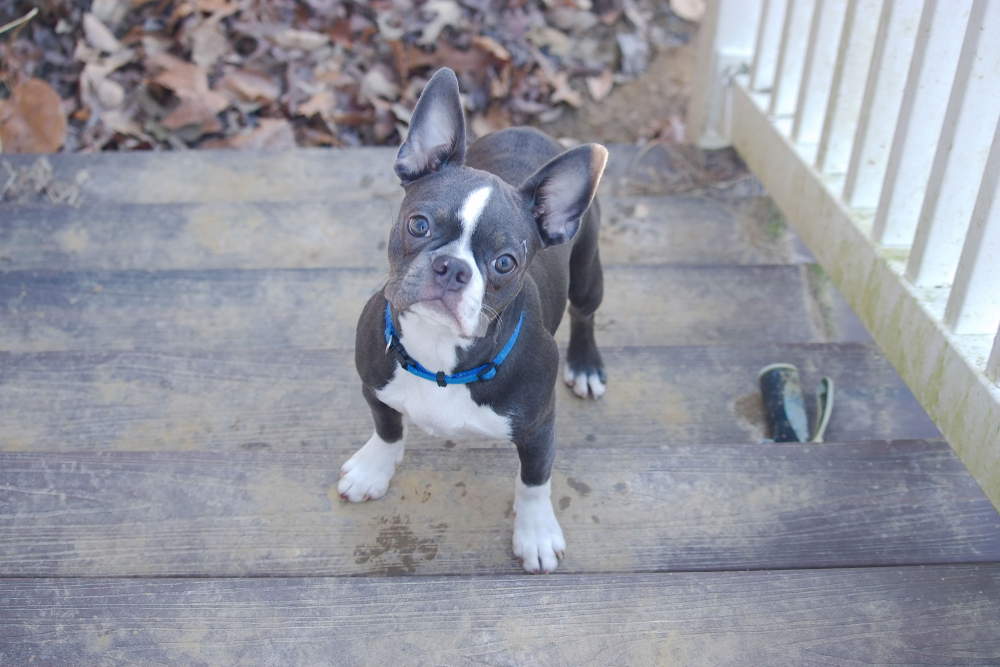







Help! My Dog Fell Down Stairs!
“Dear Dr. Paola,
My dog took a tumble down about 5 stairs. He can walk but won’t jump and he has a bump near his back leg” – Julia
Julia, it sounds like your dog may have suffered a soft tissue injury or possibly a more serious musculoskeletal issue from the fall. Since he is walking, that’s a good sign, but his reluctance to jump and the presence of a bump near his back leg suggest pain, swelling, or even a deeper injury like a hematoma, sprain, or fracture. Dogs are often quite resilient, but they also instinctively mask discomfort, so any change in mobility or behavior should be taken seriously.
Gently checking the area around the bump can help determine if there’s increased warmth, swelling, or sensitivity, but avoid excessive manipulation, as this could aggravate the injury. Rest and restricted movement are crucial in the first 24-48 hours, so keeping him from jumping and limiting activity will help. A cold compress applied in short intervals may reduce swelling, but if the bump grows, he becomes more reluctant to move, or he starts favoring the leg significantly, an immediate veterinary evaluation is necessary to rule out fractures, ligament damage, or internal trauma. If discomfort worsens, an in-person veterinary visit would be the best way to ensure he gets the right care and pain management.




Help! My Dog is Constipated!
“Hello Dr. Paola!
Ollie has been constipated for the last 3 days, what should I feed him to help? We feed him a Cesar .35 OZ with raw veggies and cooked rice. He gets a healthy diet and has been regular for years except when he is sick” – Bill
Bill, if Ollie hasn’t had a bowel movement in three days, this is approaching the point where it may no longer be safe to wait it out. While mild constipation can sometimes be relieved with dietary changes and increased hydration, three days without passing stool; especially if he’s straining or uncomfortable, means you should have him evaluated by a veterinarian as soon as possible.
When constipation persists, the stool loses its moisture and becomes hard and compacted, making it even more difficult to pass. This can lead to obstipation, where the intestines become completely blocked, and in severe cases, it can result in megacolon, a condition where the colon stretches and loses its ability to function properly. At this stage, medical intervention is required, and treatments may involve enemas, manual stool removal, fluid therapy, or even surgery if the colon is severely impacted.
If Ollie is still eating and acting normally, you can try adding fiber, like plain canned pumpkin or psyllium husk, and ensuring he stays hydrated. Gentle exercise can also help stimulate bowel movements. However, if he hasn’t passed stool within the next 12-24 hours or shows any signs of distress, lethargy, or vomiting, he needs veterinary attention immediately. The longer this goes on, the harder it will be to resolve, and waiting too long could turn a treatable issue into a much more serious medical emergency.
Dr. Paola
This post was originally published on this site be sure to check out more of their content.
